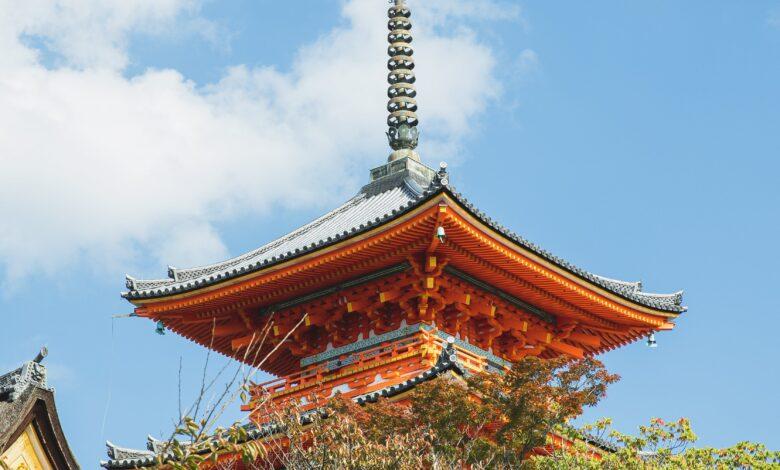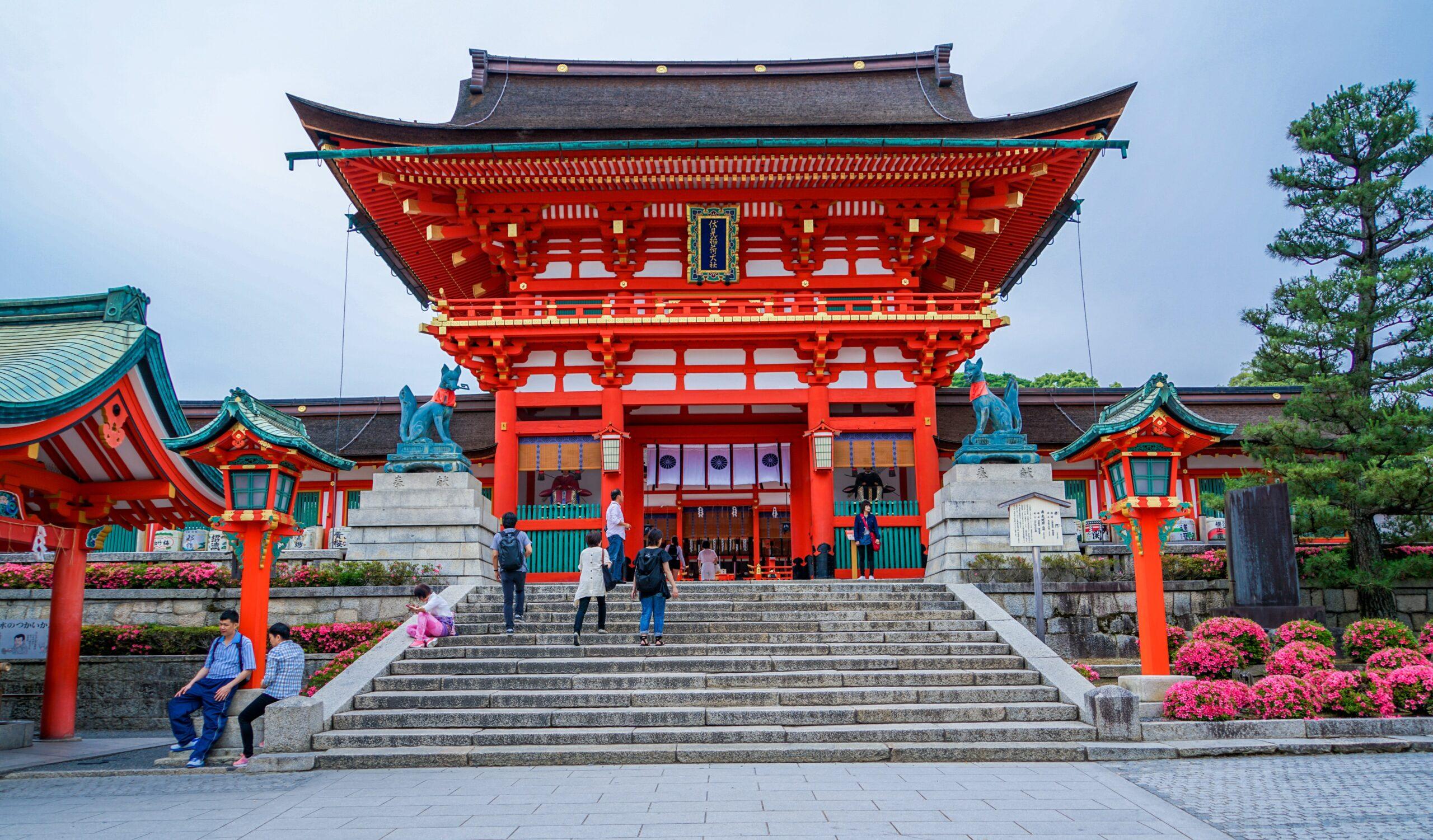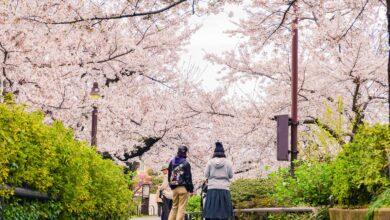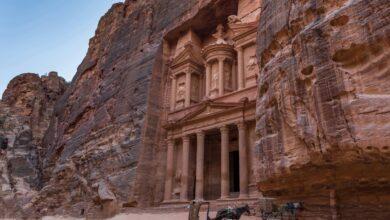Exploring the History of Hiroshima, Japan 🏯🌸
Tracing the Journey Through Time in a City Rich with Cultural Heritage

Introduction
Welcome to Hiroshima, a city whose name echoes through history, not just for the tragic events of 1945 but for its resilient spirit and remarkable journey of rebuilding. Join us as we delve into the depths of Hiroshima’s past, exploring the layers of history that define this city beyond the indelible mark left by the atomic bomb. Beyond the somber shadows, Hiroshima stands as a testament to the strength of the human spirit and the pursuit of peace.
Pre-World War II Hiroshima: The City of Peaceful Waters
Nestled along the picturesque Seto Inland Sea, Hiroshima stood as a beacon of cultural and economic prosperity in pre-World War II Japan. Known as the “City of Peaceful Waters,” Hiroshima thrived as a vibrant and thriving metropolis, characterized by its rich heritage, bustling economy, and scenic landscapes.
Cultural and Economic Prosperity
Hiroshima’s pre-war era was marked by a robust economy fueled by industries like shipping, manufacturing, and trade. The city’s strategic location along the coast facilitated maritime commerce, contributing significantly to its prosperity. Flourishing businesses and a dynamic workforce transformed Hiroshima into a key economic hub, driving innovation and progress in various sectors.
Culturally, Hiroshima was a melting pot of artistic expressions, with traditional Japanese arts and crafts flourishing alongside contemporary influences. The city’s theaters, galleries, and cultural institutions provided a platform for artists to showcase their talents, fostering a vibrant artistic community that added to the city’s allure.
Historical Landmarks and Cultural Heritage
Hiroshima boasted a wealth of historical landmarks and cultural heritage that reflected its deep-rooted connection to Japan’s past. The iconic Hiroshima Castle, a symbol of the city’s feudal history, stood proudly amidst lush greenery. Its majestic presence served as a reminder of Hiroshima’s heritage and the resilience of its people.
The Shukkeien Garden, a meticulously landscaped oasis, offered a serene escape from the urban hustle. Teahouses, cherry blossoms, and winding paths provided an intimate connection to nature, embodying the traditional Japanese appreciation for harmony and beauty.
The Vibrant Hiroshima of yesteryear
Before the ravages of war altered its landscape, Hiroshima was a city that pulsated with life and energy. The bustling Hatchobori district was a commercial center where locals and visitors alike experienced the lively atmosphere of markets, shops, and street vendors. The Hiroshima Prefectural Commercial Exhibition Hall, a testament to architectural prowess, showcased the city’s commitment to progress and modernity.
In essence, pre-World War II Hiroshima was a city that seamlessly blended its historical roots with the dynamic forces of change. As we delve into the vibrant Hiroshima that existed prior to 1945, we unravel a tapestry of culture, economic prosperity, and a community whose resilience would be put to the ultimate test in the years to come.

World War II and the Atomic Bombing:
World War II, a global conflict that raged from 1939 to 1945, saw devastating battles and unprecedented destruction. The turning point in the Pacific theater came in 1945 when the United States, seeking to bring an end to the war, made the fateful decision to deploy atomic bombs. On August 6, 1945, the first bomb fell on Hiroshima, forever altering the course of history.
Narration of the events leading to the atomic bombing of Hiroshima:
The events leading to the atomic bombing of Hiroshima unfolded with the Manhattan Project, a top-secret U.S. research program to develop atomic weapons. The culmination of this effort was the creation of the first atomic bomb, named “Little Boy.” The decision to use it was made by President Harry S. Truman in hopes of forcing Japan’s surrender. The devastating impact of the bomb on Hiroshima was catastrophic, leading to immediate and long-term consequences for the city and its residents.
Impact on the city and its residents:
The explosion over Hiroshima resulted in the instant death of tens of thousands and left the city in ruins. The thermal blast, intense radiation, and subsequent fires caused unimaginable suffering. Survivors faced severe health issues due to radiation exposure, and the city’s infrastructure was obliterated. The aftermath painted a haunting picture of human tragedy and raised ethical questions about the use of such destructive weaponry.
Importance of the Hiroshima Peace Memorial Park and Museum:
In the aftermath of the atomic bombing, Hiroshima became a symbol of peace and reconciliation. The Hiroshima Peace Memorial Park, built near the epicenter of the blast, serves as a solemn tribute to the victims. The Peace Memorial Museum within the park documents the events of that fateful day, preserving the memories of those who suffered. The park and museum stand as a powerful reminder of the consequences of war and the urgent need for global efforts to promote peace and nuclear disarmament. Visiting these sites is not only a historical journey but also a call to action for a world free from the horrors of nuclear warfare.



Facebook Comments